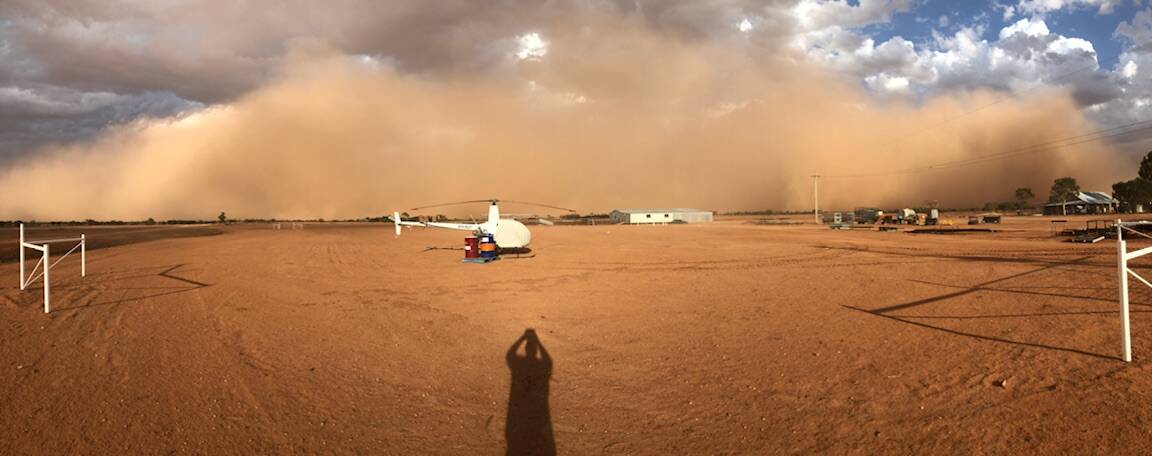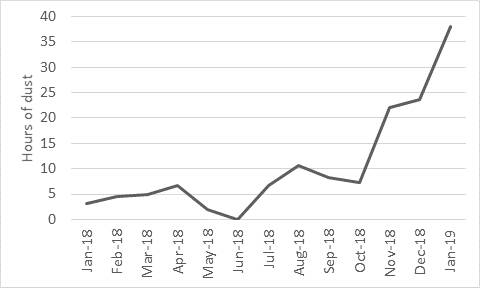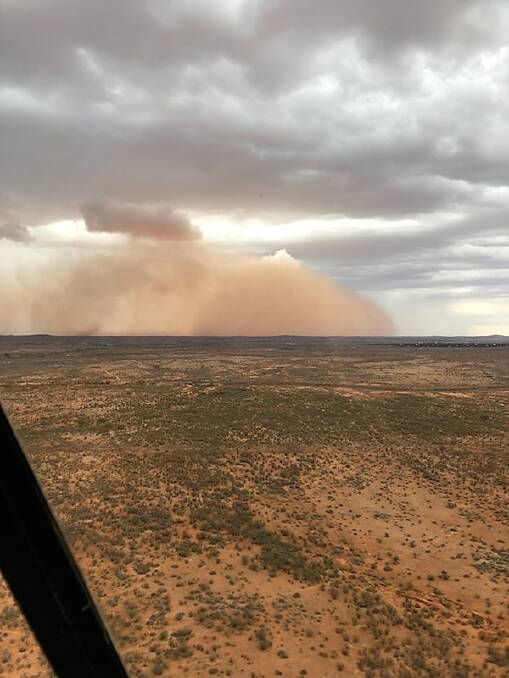
Don't start dusting yet because the dust storms are far from over.
It’s been a hot dusty start to the year with weather figures showing January was the dustiest month in 14 years.
According to the Office of Environment and Heritage (OEH) coordinated DustWatch, January was the dustiest month on record since 2005 with an average of 38 hours of dust (visibility less than 10 kilometres).
December was also the dustiest in the same period with 23 hours of recorded dust.
Compared to the Millennial drought (2010) there were only 13 hours for each respective month.
With ongoing dry conditions, an OEH spokesperson said the severe drought was adversely affecting weather conditions and contributing to increased dust storm activity.
“The dust will continue to blow each time we have strong winds. How much dust and where it blows to will depend on the strength of the weather systems and their paths as they track across NSW,” the spokesperson said.
DustWatch is a community project that gathers data about dust storms by measuring the extent and severity of wind erosion, which is the major cause of dust storms.
It was established in 2002 but became fully operational with around 20 sites in 2005. Now there are 36 stations across NSW and a few in South Australia and Victoria.

Rebecca Farr from the Bureau of Meteorology (BOM) said far western NSW could expect more dust storms in the coming months as dry conditions continue.
“There is no significant rainfall expected in the coming months,” Ms Farr said.
Jamie Henderson from Stock and Station Aviation captured some photographs of the dust storms recently while working between Ivanhoe and Wilcannia.
Mr Henderson, who has been working in the western region for five years, said the dust storms had certainly increased in the last couple of months.
“Talking to all the old timers out here they say it’s normal for dust storms but there have been more than usual because of the dry times,” Mr Henderson said.



